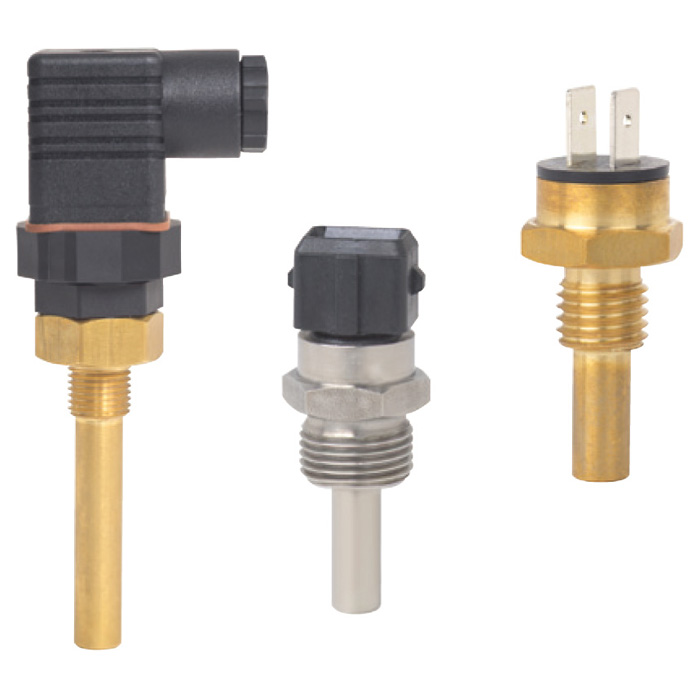
Model TFS35
2015-06-17 23:17:32
Description:
Model TFS35 Bimetal temperature switch……
New Products
G.M. International X1-IS-AO-02-S I.S. SIL2 HART® Isolating Driver module
G.M. International X1-IS-AO-02-S I.S. SIL2 HART® Isolating Driver module. GMI Intrinsically Safe Isolators, Analog Output
G.M. International D1020S SIL 2 Powered Isolating Driver
G.M. International D1020S SIL 2 Powered Isolating Driver Smart-HART® compatible DIN-Rail. GMI Intrinsically Safe Isolators
G.M. International D1020D SIL 2 Powered Isolating Driver
G.M. International D1020D SIL 2 Powered Isolating Driver Smart-HART® compatible DIN-Rail. GMI Intrinsically Safe Isolators
G.M. International X1-IS-AO-01-S I.S. SIL3 HART® Isolating Driver module
G.M. International X1-IS-AO-01-S I.S. SIL3 HART® Isolating Driver module. GMI Intrinsically Safe Isolators, Analog Output
Assortments
Description
Applications
Mobile hydraulics
Machine building
Compressors
Motors
Cooling and heating circuits
Special Features
Fixed switching temperature
Current-independent switching
Automatic reset
No additional voltage supply
Simple and fast mounting
Description
Temperature switches are generally used in industry for limiting temperature. They monitor the temperature of machinery and equipment and, for example, switch off machinery if it overheats or switch on a fan to cool the equipment.
Function
Bimetals form the basis of the WIKA TFS35 temperature switches. Temperature sensing is carried out by a bimetal disc, which snaps over when the nominal switching temperature (NST) is reached.
On cooling back down to the reset switching temperature (RST), the switch returns to its original state.
The bimetal disc in the model TFS35 bimetal temperature switch carrys no current, and this eliminates the possibility of arcing.
With current-carrying bimetal discs there is also a danger of premature switching as a result of higher self-heating.
The reset switching temperature is typically 15 ... 30 K below the switching temperature.
Contact design
The model TFS35 bimetal temperature switch can be delivered in two contact designs.
A Normally Closed (NC = closed in the normal state) opens a circuit and shuts down the machinery.
A Normally Open (NO = open in the normal state) closes a circuit on reaching the switching temperature, in order that, for example, a fan or warning lamp can be switched on.
In both cases, on cooling down below the reset switching temperature, the contacts return to their original state, so that the monitored equipment can again work normally.
